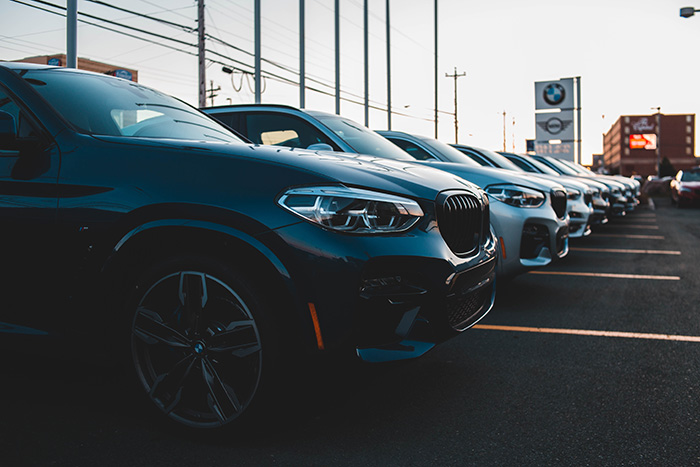
The American dream often includes the image of a shiny, new car parked in the driveway. However, the financial reality of achieving this dream can be a nightmare for many. This article aims to shed light on the often-overlooked dangers of car loans and the impact they can have on your financial health.
Cars have become an integral part of our society since the auto boom of the 1950s. Car companies spent a staggering $14.2 billion on advertising alone in 2014, a figure that continues to rise. These advertisements often portray cars as symbols of success, freedom, and family happiness. However, the reality is that borrowing money at high interest rates to buy a car is a financially destructive decision. It’s akin to signing up for a lifetime of middle-class status, with little hope of financial growth or stability. This is particularly true for those who borrow money at subprime rates, which can be as high as 15% to 24%.
The financial burden of car ownership begins with the purchase. Most people cannot afford to pay cash for a car and therefore resort to borrowing. With borrowing comes interest, which is the first hidden cost of car ownership.
The second hidden cost is depreciation. New cars typically lose 63% of their value in the first five years, with a 10% decrease in value the moment you drive off the lot.
Consider this: a $30,000 car loan with a $500 a month payment is a financially unsound decision. Why? Because a $30,000 car will be worth only $11,000 four years after you buy it. If you want to take a $30,000 car and turn it into an $11,000 car, you need to be able to afford to do that.
The third hidden cost is maintenance. Cars require ongoing maintenance, including insurance, brakes, rotors, tires, and oil changes. Even if you prepay for maintenance, you’re still paying for it upfront, which could be invested elsewhere.
According to a report by USA Today in March 2019, the average car payment in the United States is $551 over 69 months. If you were to invest this amount at a 7% interest rate over the same period, you would have $46,343.57, with $8,324 earned in interest alone.
The financial implications become even more significant when you consider long-term investments. If you were to invest the $551 monthly car payment at a 7% interest rate over 20 years, you would have $279,652, with $147,000 earned in interest.
This doesn’t mean you should never own a car, but it’s essential to consider the financial implications and explore alternatives. By considering the hidden costs and making informed decisions, you can ensure your car doesn’t drive you into financial hardship. Instead, invest in your future and build wealth that will provide you with financial freedom and security.
Car payments will keep you from becoming wealthy. A car payment is the mantra of the middle class. If you want to ensure you stay stuck financially in the middle class or lower middle class, keep a car payment. That will pretty much guarantee it.
Related Video:

Theodore Lee is the editor of Caveman Circus. He strives for self-improvement in all areas of his life, except his candy consumption, where he remains a champion gummy worm enthusiast. When not writing about mindfulness or living in integrity, you can find him hiding giant bags of sour patch kids under the bed.
